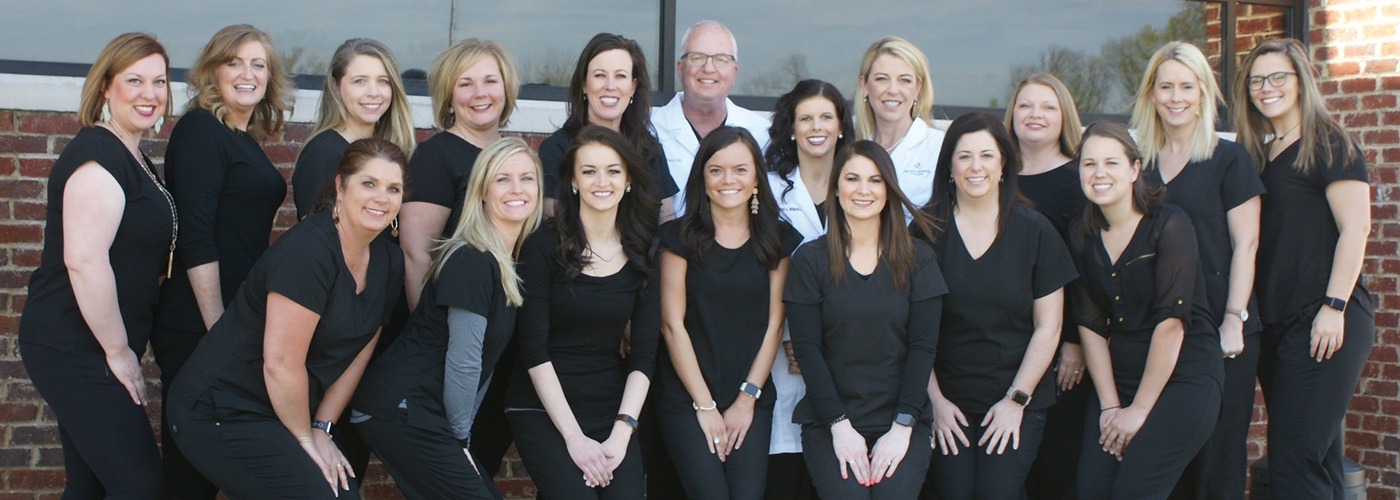
If you’ve just had a root canal, you’re probably glad it’s over. That’s only natural – extended time in the dentist’s chair isn’t exactly thrilling. Still, there’s something you should know: root canals sometimes need to be redone. The initial therapy doesn’t always work out, requiring that you get a second round. Your Lexington dentist can explain if you want the details. To that end, here are some reasons you may have to get a root canal retreatment.
Why Would You Need a Retreatment?
While root canals have a long-term success rate of over 95%, they can have occasional problems. You might need to get one redone if one (or more) of these factors apply:
Your Tooth Didn’t Heal Properly
Your tooth may not heal correctly after root canal therapy. Should that happen, harmful bacteria could re-infect it and cause various oral health issues.
Such a healing failure can stem from things like:
- Complex Canal Anatomy: If narrow, curved, or complex canals aren’t fully treated at the first procedure, germs can hide in them.
- Delayed Crown Placement: When there’s an excessive delay between a root canal and crown placement, bacteria can attack and re-infect your tooth.
- Saliva Contamination: Saliva could get inside your tooth if it isn’t fully sealed, damaging the dental innards.
A New Problem Affects Your Tooth
While your dentist might have done the first root canal correctly, your tooth may have a new problem. This could affect the original treatment and necessitate a second one.
Examples of such problems include:
- New Decay: If new decay forms near a treated tooth, it can expose the inner filling to bacteria and cause a new infection.
- Tooth or Restoration Damage: Microbes can seep through and attack the treatment area if a crown or filling cracks. In fact, the same applies if the tooth itself cracks.
What Could You Expect from It?
Typically, a root canal retreatment is similar to the initial procedure. Most (if not all) of the same steps are followed in both.
The overall retreatment process is pretty straightforward. First, the dentist will numb your mouth with an anesthetic. They’ll next remove the crown and open the affected tooth. After making this opening, the dentist and their team will remove the filling and any previously untreated tissue. (The dental team will use tools to search for extra canals or anatomy that require treatment.)
It’s best if you don’t need root canal retreatment at all. That said, note the reasons above – they’ll help you prepare just in case.
About the Practice
Dental Wellness of Lexington is based in Lexington, KY. Led by its four highly qualified dentists, our practice emphasizes experienced dentistry you can trust. To that end, we perform preventive, cosmetic, and restorative services tailored to your unique needs. Our office also prides itself on being a certified provider of Invisalign® clear aligners. For more information or to book a visit, you can reach us on our website or by phone at (972)-446-1111.

